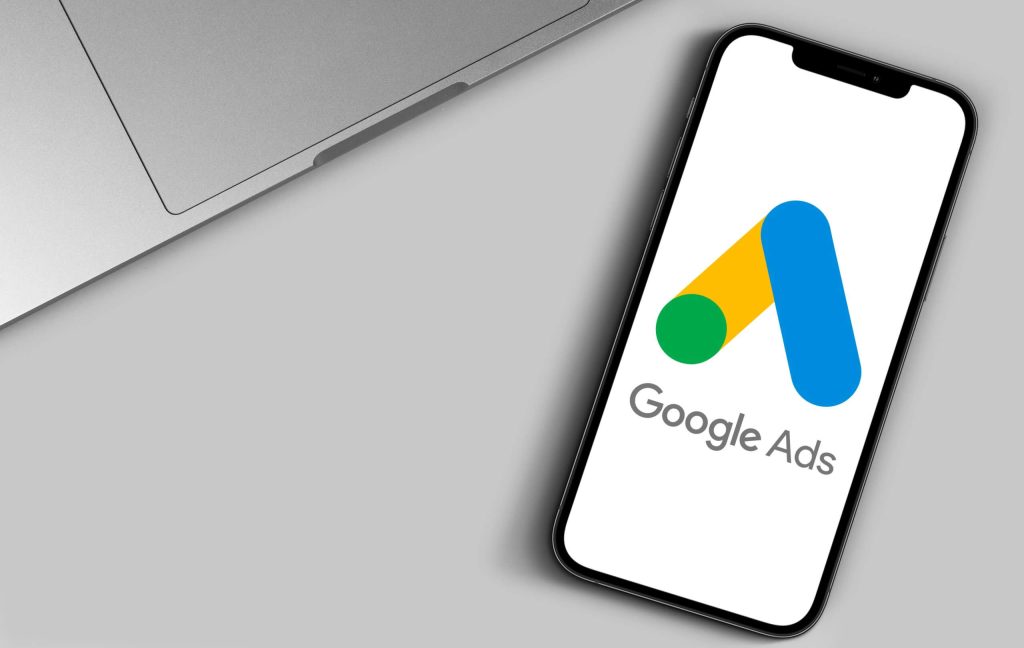Decoding Success: Understanding Facebook Ad Attribution Settings
Decoding Success: Understanding Facebook Ad Attribution Settings

- Introduction
- Understanding Facebook’s Attribution Model
- Impact of iOS 14 on Facebook Attribution
- The Importance of Using 3rd-Party Attribution Software
- Comparing Facebook Attribution to 3rd-Party Solutions
- Setting Up 3rd Party Attribution Software
- Custom Attribution Models
- Using Accurate Data to Drive Strategy
- Measuring Success at Each Stage of the Funnel
- A/B Testing and Experimentation
- Future Trends in Attribution
- Conclusion
Introduction
In digital advertising, the significance of accurate attribution cannot be overstated, especially regarding Facebook. As online marketing evolves, understanding the nuances of Facebook’s ad attribution settings becomes crucial for advertisers seeking to decode the success of their campaigns.
In this insightful blog, we delve deep into the realm of Facebook’s attribution model, unraveling its complexities and capabilities. The changes introduced by iOS updates have notably reshaped the digital marketing arena, impacting how advertisers track and measure the effectiveness of their campaigns. We will also explore these changes in detail, understanding their implications for businesses and marketers.
Understanding Facebook’s Attribution Model
Facebook’s attribution model is critical in how advertisers understand and value their campaigns. This model is pivotal in deciphering how conversions are credited to various ads, providing insights into the effectiveness of advertising efforts on the platform. Before diving into the specifics, it’s essential to understand how Facebook’s model works in crediting conversions:
- Credit Assignment for Conversions: The model attributes conversions to specific user interactions, such as clicks or ad views. This helps determine which ad primarily influenced the user’s decision to take a desired action, like completing a purchase.
- Understanding the Impact of Ads: By identifying which ads are most effective, advertisers can gain valuable insights into user behavior and preferences, essential for refining ad strategies and improving return on investment.
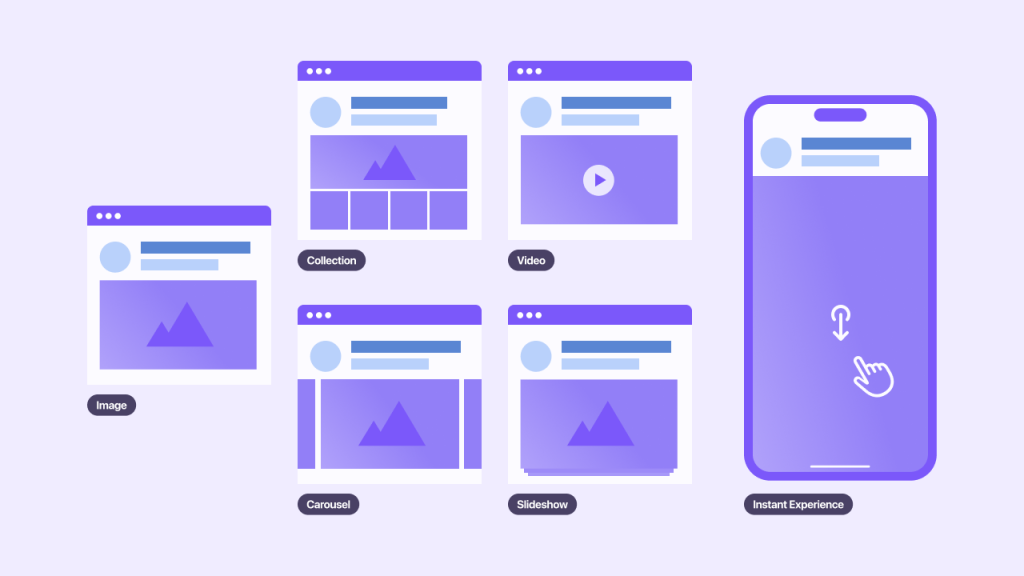
The attribution window is a critical component of Facebook’s model, defining the time frame in which user actions are tracked after interacting with an ad. You’ll want to pay attention to the following factors:
- Defining the Attribution Window: This period can range from one day to 28 days following an ad interaction. Facebook monitors the user’s actions to see if they lead to a conversion.
- Tracking User Actions: Analyzing data within this window helps advertisers understand their ads’ timeliness and lasting impact. It reveals how quickly and effectively ads are driving conversions.
- Adjusting the Window: Advertisers have the flexibility to modify the length of this window, allowing for a tailored approach that aligns with the specific goals of their campaigns and the behaviors of their target audience.
In general, Facebook utilizes a last-touch attribution with an attribution window of 1-day view and 7-day click. To learn more about attribution, the different models, and how it can impact your business, check out Growify’s article: The Ultimate Guide to Marketing Attribution.
Impact of iOS 14 on Facebook Attribution
The iOS 14 update, introduced by Apple, significantly changed the digital marketing landscape by implementing the App Tracking Transparency feature, which requires user consent before tracking personal data across apps and websites. It had the following impact on marketers and Facebook attribution:
- Changes in Data Tracking: With iOS 14, Apple implemented ATT, which requires apps to obtain user consent before tracking their data across apps or websites. This change has directly affected how Facebook can track and attribute user actions, reducing the ability to measure ad performance accurately.
- Limitations for Advertisers: Advertisers now need to work on tracking conversions, audience targeting, and optimizing ads based on user behavior. The reduced visibility into user actions has made it more challenging to personalize ads and measure their effectiveness.
- Adaptation Strategies: In response, Facebook has developed new tools and strategies to help advertisers adapt, such as aggregated event measurement. However, these solutions still represent a significant shift from the detailed tracking capabilities available prior to iOS 14.
The Importance of Using 3rd-Party Attribution Software
In light of updates like iOS 14, the role of third-party attribution and marketing analytics tools has become increasingly vital for Facebook advertisers. These tools compensate for the data tracking limitations on social platforms, offering more accurate and comprehensive insights into campaign performance.
They provide a broader view of customer interactions across various channels and ensure data security and compliance with privacy regulations. As a result, marketers can maintain high data accuracy and make informed decisions in a privacy-focused digital environment.
Comparing Facebook Attribution to 3rd-Party Solutions
Understanding the differences between Facebook’s attribution model and third-party solutions is key for advertisers to choose the right campaign approach. The strengths of Facebook’s attribution model include:
- Strengths: Ideal for in-platform tracking, Facebook’s model provides detailed insights into user engagement with ads on Facebook.
- Limitations: It’s limited in cross-platform tracking and impacted by privacy regulations like iOS 14’s ATT.
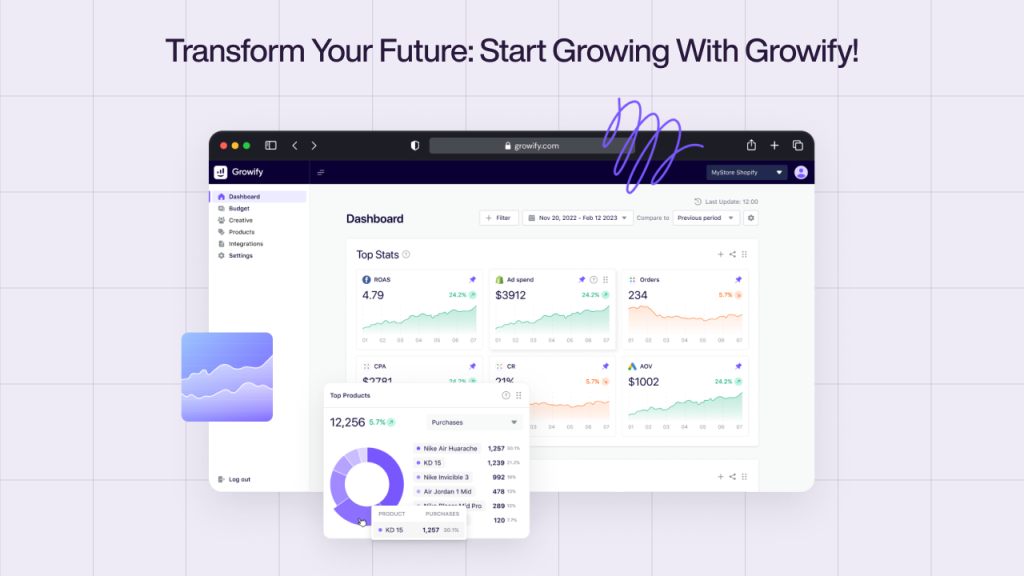
Third-party attribution solutions can comprehensively view the customer journey across various digital channels. On the other hand, they may need deeper integration with Facebook’s system, which can be more complex and costly to manage. Check out some useful third-party attribution software.
- Growify: A versatile tool that offers robust attribution solutions, Growify helps advertisers track and analyze the performance of their Facebook campaigns across multiple channels, providing valuable insights for optimizing marketing efforts.
- Google Analytics: A popular choice for tracking website traffic and user interactions. It integrates with Facebook ads to better understand how users engage with a website after clicking on an ad.
- Triple Whale: This tool stands out for its ability to provide detailed insights into campaign performance across multiple channels. Triple Whale is especially useful for advertisers looking to track and optimize their Facebook campaign performance, offering valuable data to enhance marketing strategies.
Setting Up 3rd Party Attribution Software
Setting up third-party attribution software with Facebook Ads requires careful attention to detail to ensure data is accurately tracked and interpreted. This helps provide valuable insights for optimizing your advertising campaigns. Integrating third-party attribution software with Facebook Ads involves steps to ensure accurate tracking and data collection.
- Choose the Right Software: Select a tool like Google Analytics, Adobe Analytics, AppsFlyer, or Growify that aligns with your specific needs.
- Integration Process: Connect the software to your Facebook Ads account. This typically involves adding a tracking pixel or code to your website and configuring the settings within your Facebook Ads Manager.
- Define Conversion Events: Clearly define the conversion events or actions you want to track, such as clicks, form submissions, or purchases.
- Testing and Verification: Test the setup to ensure that the tracking codes are firing correctly and that data is accurately recorded in Facebook Ads and the third-party tool.
- Data Synchronization: Regularly check that data between Facebook and the third-party software is synchronized and accurate.
Best Practices for Accurate Data Collection
- Consistent Naming Conventions: To avoid confusion, use consistent naming for campaigns and events across both platforms.
- Regular Audits: Periodically audit the data and setup to ensure ongoing accuracy.
- Stay Updated: Keep up with updates and changes from both Facebook and the third-party software to maintain compatibility.
Custom Attribution Models
Custom attribution models represent a sophisticated approach to understanding and measuring the impact of marketing efforts. These models are tailored to fit a business’s unique goals and dynamics, reflecting marketing effectiveness more accurately. You may want to consider the following when choosing a model for your marketing campaign:
- Tailoring to Business Needs: Custom models allow businesses to define their own rules for attributing conversions, taking into account factors like sales cycles, customer touchpoints, and channel importance specific to their operations.
- Flexibility and Precision: By customizing these models, businesses can prioritize certain channels or touchpoints based on their unique customer journey, leading to a more precise measurement of marketing ROI.
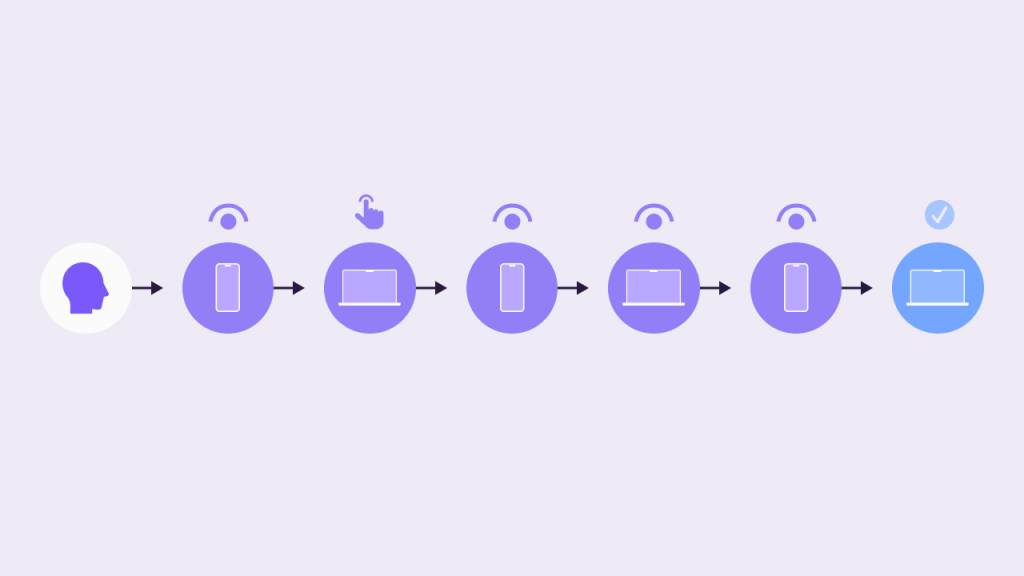
Advantages of Custom Attribution Models
Creating and using custom attribution models empowers businesses with a deeper, more nuanced understanding of their marketing performance, explicitly tailored to their unique needs and goals. The advantages can include:
- Better Alignment with Business Goals: Custom models align closely with specific business objectives, providing more relevant and actionable insights.
- Enhanced Decision Making: They enable marketers to make more informed decisions by accurately identifying the most effective channels and strategies.
- Adaptability: Custom models can be adapted over time as the business evolves, ensuring ongoing relevance and effectiveness.
Using Accurate Data to Drive Strategy
Accurate attribution data is a linchpin in crafting and refining an effective advertising strategy. By providing clear insights into which aspects of a campaign are performing well and which are not, this data enables advertisers to make strategic decisions. For example, if attribution data shows that specific demographics respond more positively to an ad, a marketer can adjust their targeting parameters to focus more on that audience segment.
Similarly, if specific keywords or creative elements are driving higher conversion rates, these can be emphasized in future campaigns. Precise data can also reveal underperforming channels, allowing for reallocation of budget to more effective platforms. In essence, accurate attribution data not only guides the optimization of ongoing campaigns but also informs the strategy of future marketing efforts, ensuring that every decision is data-driven and strategically sound.
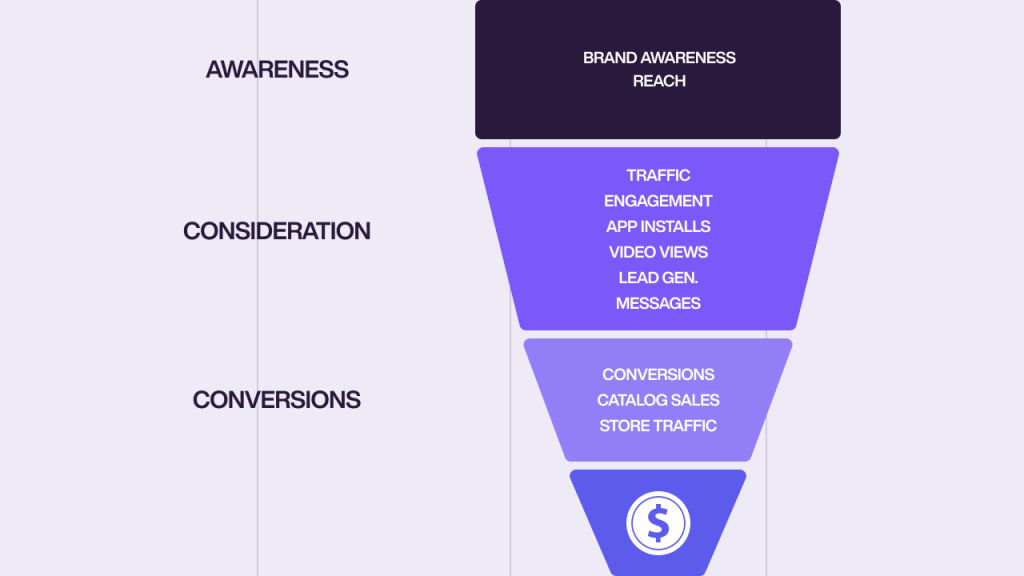
Measuring Success at Each Stage of the Funnel
Tracking and attributing conversions at different stages of the marketing funnel is crucial for understanding and optimizing the customer journey. Each stage – awareness, consideration, and conversion – plays a unique role in guiding a potential customer towards making a purchase, and tracking these stages helps identify what works and what needs improvement.
- Awareness Stage: This is where potential customers first encounter your brand. Tracking at this stage involves measuring reach and engagement metrics such as impressions, website visits, and social media interactions. Setting up tracking involves using tools like Google Analytics for website traffic and platform-specific analytics for social media.
- Consideration Stage: Here, potential customers evaluate your offerings. Tracking in this stage focuses on engagement metrics like time spent on a website, pages viewed, and interactions with content such as downloads or video views. Conversion pixels and event tracking can be set up on key pages or actions to gather this data.
- Conversion Stage: The final stage where a prospect becomes a customer. Tracking involves measuring completed actions like purchases, sign-ups, or form submissions. This requires setting up conversion tracking on your website and within ad platforms to attribute these actions to specific marketing efforts accurately
A/B Testing and Experimentation
A/B testing and experimentation are essential in determining the most effective attribution models and software for Facebook campaigns. This process involves running parallel campaigns with different attribution settings to see which model yields more precise and useful insights. For example, a marketer might compare the results from Facebook’s native attribution against a third-party tool or test various attribution window lengths.
Similarly, experimenting with different third-party software can reveal which ones best complement Facebook’s analytics, providing deeper insights or covering aspects that Facebook’s native tools might miss. You’ll want Check out the key steps for meaningful experiments:
- Clear Objectives: Define specific goals for what the experiment should reveal.
- Consistency: Keep all variables except the one being tested (like the attribution model) constant.
- Data Analysis: Thoroughly analyze results to identify the most effective model.
- Iterative Testing: Use insights gained to refine and improve Facebook advertising strategies continuously.
Future Trends in Attribution
The future of attribution technology is heading towards more integrated, intelligent, and privacy-conscious solutions. These advancements will enhance tracking precision and ensure that marketing strategies are more aligned with consumer privacy and evolving digital behaviors.
- Increased Emphasis on Privacy: With growing concerns over user privacy and data security, the future of attribution will likely see a greater focus on privacy-compliant methods. This shift is expected to drive innovation in attribution techniques that balance effectiveness with user privacy.
- Machine Learning and AI Integration: Artificial intelligence and machine learning are poised to revolutionize attribution. These technologies can analyze vast amounts of data more efficiently and accurately, leading to more sophisticated attribution models that predict consumer behavior and optimize ad spend in real-time.
- Cross-Device and Cross-Channel Tracking: As consumers continue to use multiple devices and platforms, the need for cross-device and cross-channel attribution will increase. This will involve developing more advanced methods to track user journeys seamlessly across different touchpoints.
- Blockchain for Transparency: The potential use of blockchain technology in attribution is emerging. Blockchain can offer a new level of transparency and fraud prevention in tracking ad impressions and user interactions.
- Unified Marketing Measurement (UMM): UMM is an approach that combines both attribution and marketing mix modeling. This holistic view allows for a more comprehensive analysis of marketing efforts across all channels and over extended periods.
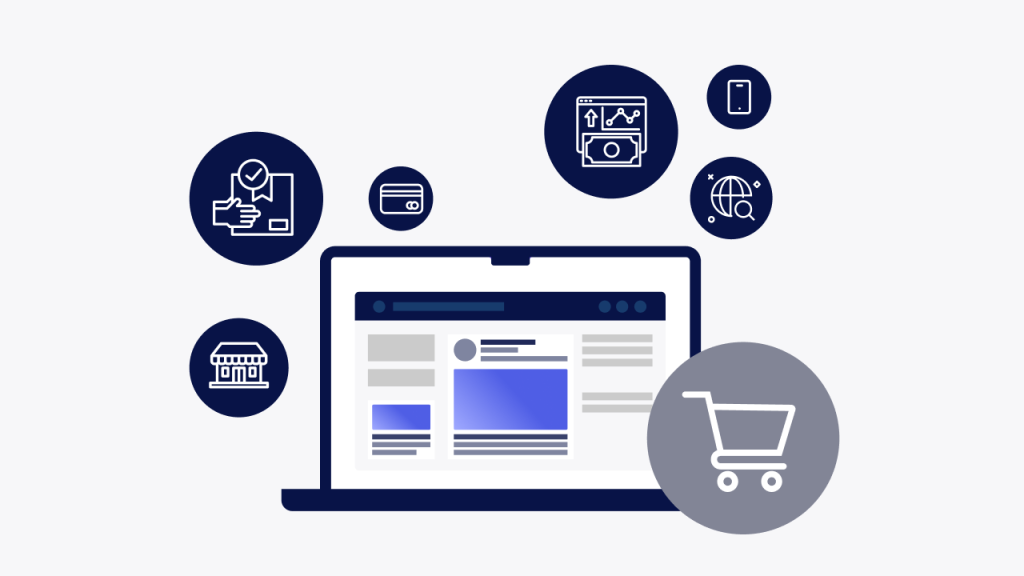
Conclusion
As you navigate the complexities of digital advertising, consider the pivotal role of accurate attribution in your strategy. It’s not just about tracking conversions; it’s about gaining a deeper understanding of your audience and the effectiveness of your campaigns. Accurate data from Facebook’s native tools, complemented by third-party solutions, provides a comprehensive view of campaign performance, ensuring that every marketing decision is data-driven.
Ready to elevate your advertising efforts with precision and insight? Turn to Adspace for expert guidance and solutions tailored to your business’s unique needs. Embrace the power of accurate attribution with Adspace, and transform your advertising strategy today.
Download our free guide to learn how to measure SEO ROI through content marketing
Download Download







